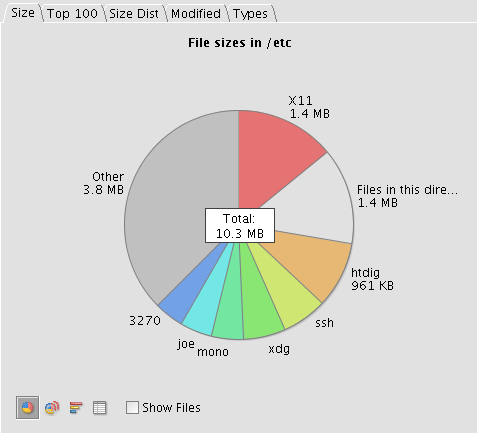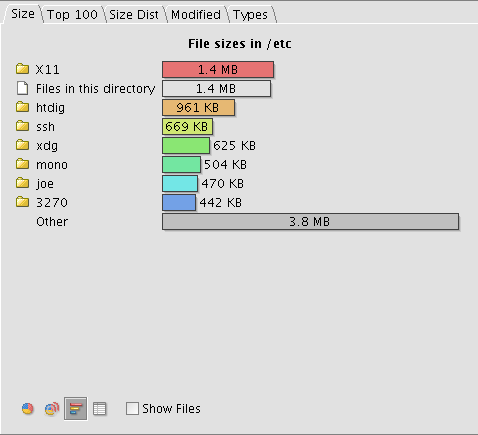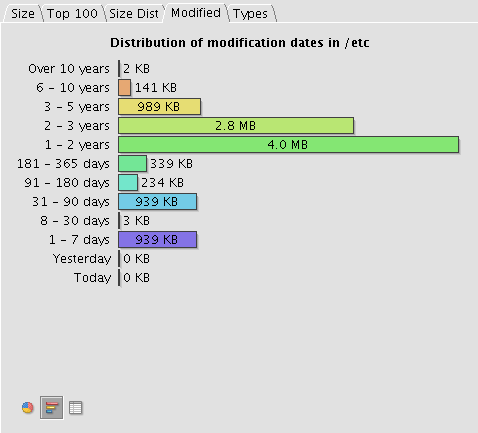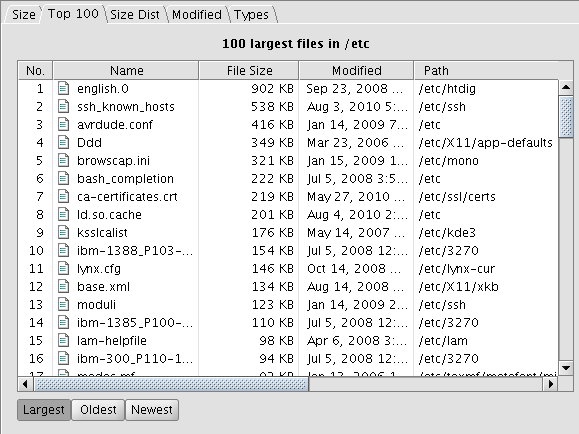|
Size: 715
Comment:
|
Size: 792
Comment:
|
| Deletions are marked like this. | Additions are marked like this. |
| Line 5: | Line 5: |
| * Using the following command, you can get a list of items in your home, sorted by size in MB: {{{du -sm ~/.??* ~/* | sort -n -r | less}}} |
There are many ways to get the information you need. Some examples are: |
| Line 8: | Line 7: |
| If you replace {{{-sm}}} with {{{-sk}}}, the size will be shown in KB. | 1. Using the following command, you can get a list of items in your home, sorted by size in MB: {{{du -sm ~/.??* ~/* | sort -n -r | less}}} |
| Line 10: | Line 10: |
| * Use the ncurses based tool {{{ncdu}}}. | If you replace {{{-sm}}} with {{{-sk}}}, the size will be shown in KB. 2. Use the ncurses based tool {{{ncdu}}}. |
How can I find space eating files in my home?
There are many ways to get the information you need. Some examples are:
- Using the following command, you can get a list of items in your home, sorted by size in MB:
du -sm ~/.??* ~/* | sort -n -r | less
If you replace -sm with -sk, the size will be shown in KB.
Use the ncurses based tool ncdu.
graphical approach
Try using jdiskreport as a graphical tool. When jdiskreport get startet you can choose the directory it should scan. Here are some Screenshots as an example.



